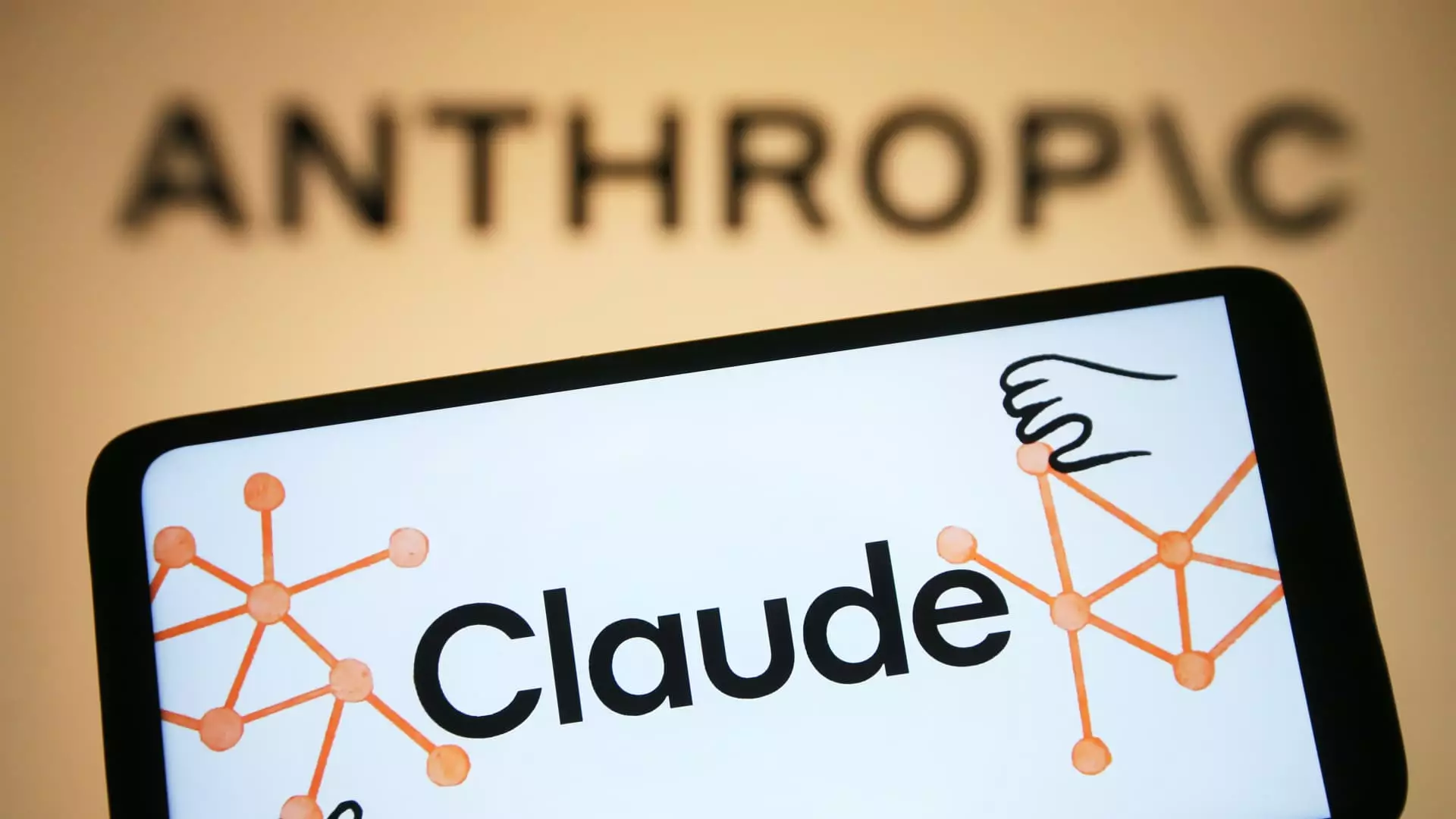Anthropic’s recent updates to its “responsible scaling” policy signify a notable shift in the landscape of artificial intelligence development. This policy reconfiguration comes at a time when AI’s growth has bred both anticipation and anxiety among industry stakeholders and governing bodies alike. The company’s decision to outline which AI safety levels necessitate additional protections is commendable on one level; however, it begs the question of whether these measures are genuinely proactive or merely reactive to mounting pressures from public scrutiny and regulatory bodies.
Recognizing Potential Dangers
What stands out is Anthropic’s acknowledgment of the potential for its AI models to be exploited for nefarious purposes, such as aiding “moderately-resourced state programs” in developing chemical and biological weapons. This is a sobering reminder of the double-edged nature of technology; while AI can drive innovation and progress, it can equally be weaponized to threaten security and human welfare. The company’s assertion that they will initiate new security protocols upon recognizing such capabilities is a positive policy direction, yet one can’t help but remain skeptical. Are these actions genuinely rooted in a commitment to safety, or is it a calculated maneuver to maintain their burgeoning valuation in a competitive market?
The Hypercharged Race for AI Dominance
Anthropic’s recent funding round, valuing the company at a jaw-dropping $61.5 billion, illustrates the hyper-competitive landscape of artificial intelligence. This valuation is in stark contrast to OpenAI’s staggering $300 billion, emphasizing the insatiable appetite for advanced AI solutions. The generative AI market, poised to exceed $1 trillion in revenue in the next decade, has become a battleground not just for startups but for tech titans like Google, Amazon, and Microsoft, which further underscores the urgency behind security measures.
While it is vital that companies in the field prioritize safety, the discussion often sways toward commodification of safety protocols. The rapid evolution of AI technology can render security reviews outdated almost before they are fully implemented, leading to a perpetual game of catch-up. Moreover, the looming presence of competitor nations, particularly China, adds further complexity. Competitive pressures may drive companies to prioritize rapid innovation over robust safety measures, placing society at risk.
Internal Security Over External Observations
Anthropic’s declaration that it will conduct physical sweeps of office spaces for hidden surveillance devices signals a recognition of the necessity for comprehensive internal security. The establishment of an executive risk council and dedicated security team are steps indicating that the company understands the magnitude of the risks it faces—not just from external threats but also from potential internal vulnerabilities. However, one must ask whether these measures are simply an operational necessity or potentially an overreaction fueled by a fragile public perception.
The assertion of physical safety processes, including counter-surveillance measures, presents a paradox. It reflects a company taking a proactive stance; however, it also illustrates a landscape of distrust—suggesting that surveillance has become a normal aspect of corporate life in the AI sector. In a field that hinges on transparency and trust, such steps could yield more questions than answers, potentially fueling a culture of secrecy that contradicts the very ethics Anthropic aims to embody.
In essence, while Anthropic’s updated policies surrounding responsible scaling introduce critical discussions around safety and ethics, they simultaneously reveal the complexities and contradictions present in the AI industry. The journey towards genuinely responsible AI development remains fraught with challenges, where ethical commitments may be overshadowed by the relentless pressure for innovation and growth.


Leave a Reply